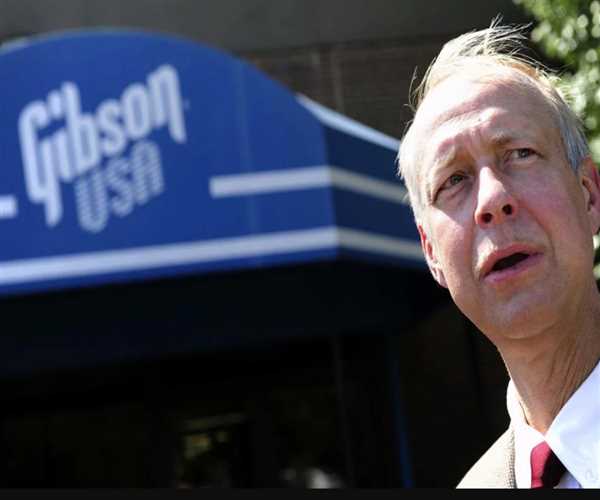In spring 2018, the iconic guitar maker Gibson faced bankruptcy. This was a surprising turn of events for a company that had been a favourite of guitarists for generations. What led Gibson to this point? Let's take a look at the events that ultimately caused the company to file for bankruptcy.
The first major contributing factor to Gibson's financial troubles was the company's aggressive expansion strategy. In the early 2000s, Gibson acquired several other companies, including several brands of audio equipment, as well as a pro audio division. These acquisitions put an immense burden on Gibson's finances, as the company had to take on the debt of these other companies.

The second major factor leading to Gibson's bankruptcy was the company's inability to shift its business model in response to changing consumer tastes. For decades, Gibson had relied heavily on sales of its iconic electric guitars. But in the 2010s, consumer tastes shifted more towards acoustic guitars, which Gibson had not been able to capitalize on. As a result, Gibson's sales began to drop, putting the company in a precarious financial situation.
The final major factor leading to Gibson's bankruptcy was its failure to properly manage its debt. Despite the company's financial struggles, Gibson continued to take on more debt, leading to a situation where the company was unable to pay its creditors. This ultimately forced Gibson to file for bankruptcy in spring 2018.
Gibson's bankruptcy was a major blow to the music industry, as the company had been a major presence for decades. Fortunately, the company has been able to emerge from bankruptcy and is now back on the right track. While it's still too soon to tell what the future holds for Gibson, the company is undoubtedly a major player in the music industry and will continue to be for many years to come.